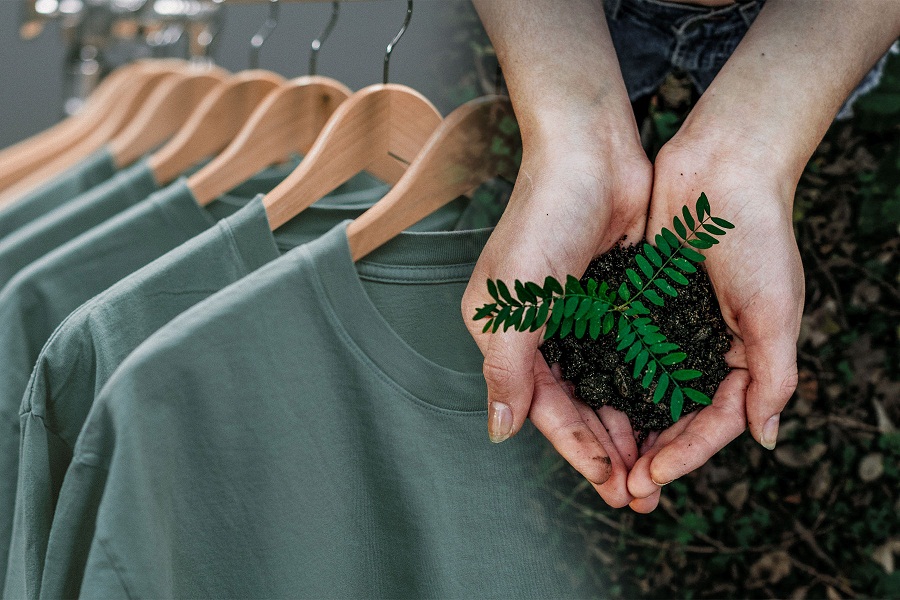
Published :
Updated :

Our wardrobes tell a story. Purchasing clothes is more than just a matter of personal taste; it is also about the kind of world we want to live in. We can create a future for fashion where fashion is not only about appearance but is about making a difference.
Wearing a dress made by workers who are paid a fair wage or a jacket made of recycled materials is a fashion-conscious decision we all can make.
Sustainable fashion represents the forefront of style, where each purchase contributes to saving our planet, making every thread feel a lot lighter and kinder to the ecosystem.
The rise of eco-friendly alternatives
Cotton is known to be the king of fabric, but behind this lies dark truths— depleted soil, huge water wastage, and insecticide-ridden farms. Using organic cotton is a more environmentally and economically friendly option.
It is grown without chemical pesticides, which can deplete soil fertility and pose risks to farmers and nearby communities. With methods such as crop rotation, organic cotton significantly reduces water usage and maintains soil health, promoting environmental preservation and kindness to people and the planet.
Then, there’s hemp— the untold hero of versatile, long-lasting, and environmentally friendly textiles. Hemp requiring little water and pesticides proves that style doesn’t have to come at the expense of damage to the environment.
Derived from the cannabis plant, hemp is a more sustainable replacement for synthetic fibres. Hemp fabric is biodegradable, unlike synthetic fabrics like polyester. After being decomposed, hemp breaks down naturally without harming the soil.
Innovations are flourishing in labs and studios, inspiring sustainable material options such as Piñatex and mushroom leather.
Piñatex is an alternative to leather made from discarded pineapple leaves, promoting a circular economy by repurposing waste into fashion. Mushroom leather is derived from the root structure of mushrooms, known as mycelium, and serves as an alternative to animal leather.
Ethical labour practices
Every piece of our wardrobe is the creation of the hard work of hundreds of people working for a living for themselves. The clothes we wear go through a laborious process of farmers growing the fabric material to workers carefully sewing each stitch.
Unfortunately, the farmers often don’t receive a fair price, and the workers are underpaid, working in unsafe conditions. Fashion should not come at the cost of depriving workers of their basic rights. With sustainable fashion, we want to make sure these people can live with dignity.
Ask questions before you buy
Will I wear this regularly? Buying an item that you’re going to wear rarely will definitely end up as a waste. Buying items that are versatile and can be re-styled in many ways will save up both money and the planet.
Is it made ethically and sustainably? Reach for brands that practice sustainability and ethical fashion. Look for brands with certifications like Fair Trade, GOTS, or OEKO-TEX. They can work as benchmark customers looking for transparent brands.
Is it a timeless piece or just a trend?
With social media, we get to see many fashion trends every other day. As one trend finishes we hop on the next trend and end up buying things that we hardly use again. Opt for timeless pieces rather than trendy items.
We can be the guardians of our planet with our every purchase and practice. We have to remember that a piece of garment doesn’t diminish when it leaves our closet. We should be aware of how it was made and what it does to the environment. With mindful purchases and investing in durable and high-quality pieces, we can reduce fashion waste.
ummehabiba24244@gmail.com


 For all latest news, follow The Financial Express Google News channel.
For all latest news, follow The Financial Express Google News channel.